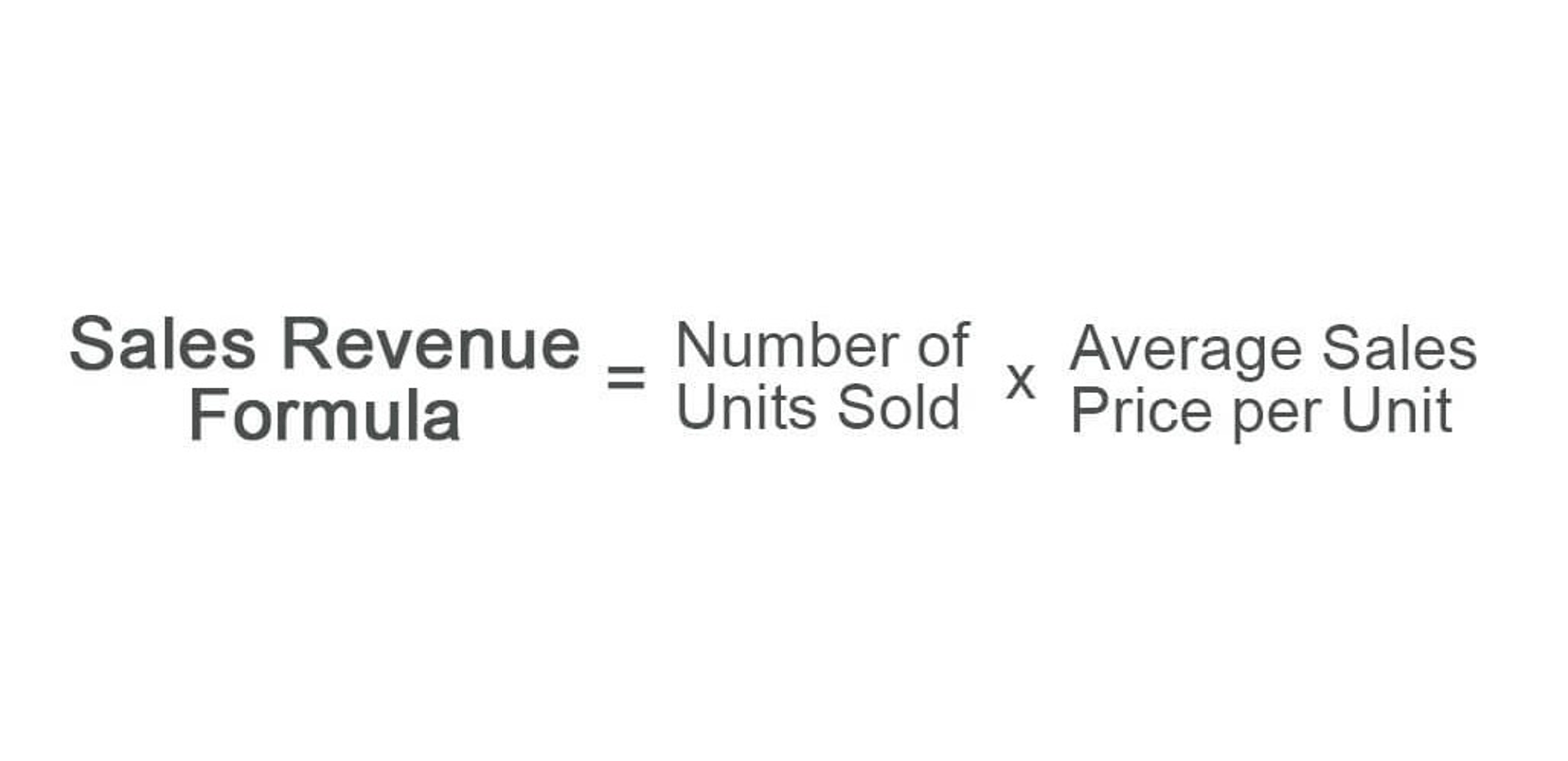Hence, the basic objective of the cost concept is the measurement of accurate and reliable profits and losses for a business over a period of time. However, under the cost concept, the accounting records will continue to show the value of the building at the cost price of $100,000 less depreciation. In the accounting records, following the https://www.bookstime.com/ cost concept of accounting, the value of the building will be entered at its cost price (i.e., $100,000). Also, the cost of recording and updating asset values on a regular basis is time-consuming and expensive. Furthermore, the sources that are available for determining present values are diffused, which makes updating them challenging.
Who Sets Accounting Principles and Standards?
Based on your business experience, you know that this machine can only work for the next ten years, and its value will be nil. So, initially, your fixed asset will cost principle accounting get debited (increased by $100,000, and cash will get credited by $100,000. Depreciation is the exact opposite of appreciation, and most assets undergo it.
Great! The Financial Professional Will Get Back To You Soon.
At the heart of the historical cost principle is the notion that assets are recorded on the balance sheet at their original purchase price, without adjustments for market fluctuations. This method ensures that the value of an asset remains consistent from the time of acquisition, providing a stable reference point for financial analysis. For instance, if a company purchases a piece of machinery for $100,000, this amount will be reflected in the financial statements, regardless of any subsequent changes in the market value of the machinery.
I know that asset appreciation doesn’t show up using the cost principle. Should depreciation still be recorded?
- If the same asset was purchased for a down payment of $20,000 and a formal promise to pay $30,000 within a reasonable period of time and with a reasonable interest rate, the asset will also be recorded at $50,000.
- Under ABC, the trinkets are assigned more overhead costs related to labor and the widgets are assigned more overhead costs related to machine use.
- Our editorial team independently evaluates products based on thousands of hours of research.
- By recording assets at their original purchase price, the cost principle provides a stable and consistent basis for financial reporting.
- When you use the cost principle, costs of an asset are always the same.
A cost principle concept revolves around a significant aspect, which requires companies to record the prices of the assets that is equal to what their actual cost was at the time of purchase. This cost is not adjusted to any expense, be it the improvements done, or depreciation occurred. Plus, it ignores any kind of inflation in the value of the asset. They don’t have the opportunity to gain value like long-term assets do.
- The IRS outlines depreciation schedules for taxpayer use, and a trained accountant can also implement them.
- Because assets are an essential part of business, it is important that their value is recorded and reported accurately.
- The cost will be reported on the balance sheet along with the amount of the asset’s accumulated depreciation.
- Accounting principles are rules and guidelines that companies must abide by when reporting financial data.
- The cost principle is also known as the historical cost principle.
A Consistent Balance Sheet
A cost principle will also include expenses incurred in purchasing the asset, such as shipping and delivery fees, as well as setup and training fees. According to the cost principle, transactions should be listed on financial records at historical cost – i.e. the original cash value at the time the asset was purchased – rather than the current market value. The cost principle requires you to initially record an asset, liability, or equity investment at its original acquisition cost. The principle is widely used to record transactions, partially because it is easiest to use the original purchase price as objective and verifiable evidence of value. A variation on the concept is to allow the recorded cost of an asset to be lower than its original cost, if the market value of the asset is lower than the original cost.
Want More Helpful Articles About Running a Business?
- The cost principle is an important aspect that businesses must follow when it comes to maintaining financial statements.
- For example, if XYZ company expected to produce 400 widgets in a period but ended up producing 500 widgets, the cost of materials would be higher due to the total quantity (volume) produced.
- This principle requires that assets be listed at their original purchase price rather than their current market value.
- Scott’s music production company purchases the copyright to a song from an up-and-coming artist.
- By recording assets at their original purchase price, companies provide a consistent and objective basis for financial reporting.
- Cost accounting can also prevent you from overestimating the values of your assets, which is important if you’re seeking financing or considering a merger or acquisition.
The two main types of cost accounting are activity-based costing (ABC) and traditional costing. ABC assigns costs to activities based on their consumption of resources, whereas traditional costing assigns costs directly to products for manufacturing or services for delivery. Cost accounting seldom fails a company’s management team and, consequently, the enterprise. It is clear that cost accounting provides the basis on which costing is made possible. Cost accounting provides the necessary cost data that can be used for the purpose of costing. Cost accounting also provides information to management regarding actual results (e.g., departmental outputs, actual labor costs, and the cost of materials in process).
When Were Accounting Principles First Set Forth?
This method ensures a systematic allocation of the asset’s cost, aligning with the matching principle by correlating expenses with the revenues they help generate. Another component is the principle’s alignment with the concept of conservatism in accounting. By recording assets at their historical cost, companies avoid overestimating their value, which could lead to inflated financial statements. This conservative approach helps in presenting a more cautious and realistic view of a company’s financial health. For instance, during economic downturns, the historical cost principle prevents companies from artificially inflating asset values to present a more favorable financial position. In this method, assets are recorded at their current market value.





